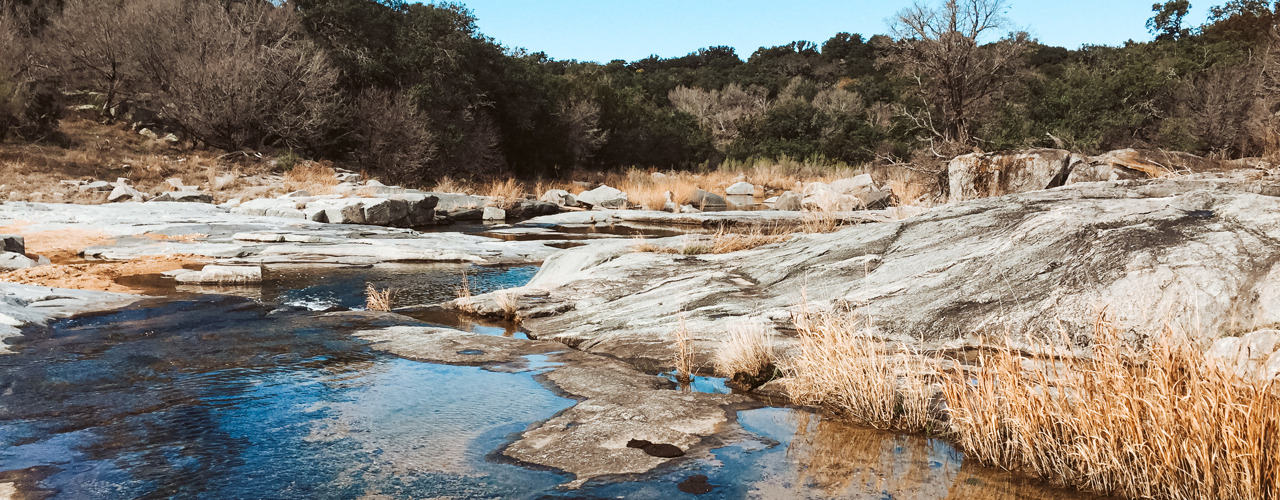

Texas’ Lands & Natural Resources Provide Resilient Infrastructure
Texan by Nature and North Texas Municipal Water District launched a free webinar series, “Conservation – The Texas Way.” This four-part series provides education and awareness of the best water conservation practices in the Lone Star State. The series shares new data, ideas, actionable next steps, and resources for both individuals and businesses.
The first webinar, “Conserve Today. Water Tomorrow,” was held on August 17th, 2021. It covered the state of water in Texas, Texas’ state water plan, water resources, water’s journey from lake to tap, and how everyone can take actionable steps to conserve water. You can watch it here.
The second webinar, “State of Texas Natural Resources,” was held on January 19, 2022. It covered Texas land trends and predictions, current watershed protection efforts, texas forest service projects, the impact of population growth, urbanization, and land conversion, and more!
Speakers included:
- Joni Carswell, CEO and President – Texan by Nature (moderator)
- Roel Lopez, Director of Texas A&M Natural Resources Institute (NRI)
- David Cowan, Watershed Manager for the North Texas Municipal Water District
- Mac Martin, Partnership Coordinator and Forest Legacy Coordinator for Texas A&M Forest Service
- Kathy Jack, Dallas Healthy Cities Program Director of The Nature Conservancy
NRI's Dr. Lopez had a chance to lay the foundation for the critical conversation happening around water in Texas beginning with this notion that 142 million acres in Texas are labeled as working lands—the family farms, ranches and forests across the state—that provide multiple benefits to the 30+ million residents here. These private landowners are, and have always been, a key component in stewarding natural resources for the other 99% of Texans. Unfortunately, we're undergoing rapid land-use changes and those changes are accelerating with every decade.
Each day, we lose about a square mile of open space land due to 1) the estimated 1,200 new people who move to Texas each day and 2) the simple fact that most landowners are at retirement age and we're experiencing the largest intergenerational land transfer ever, a phenomenon occurring not just in Texas, but across the entire U.S.
So, what are the consequences of losing open space land at such a rapid pace? Watch the webinar to learn how losing basic land infrastructure is impacting food and fiber production and water quality, quantity and aquifer recharge abilities.
Watch the full recording of the webinar:
Learn More
Texas Land Trends
Informing private and public decision-makers about the status and trends of our state’s working lands







